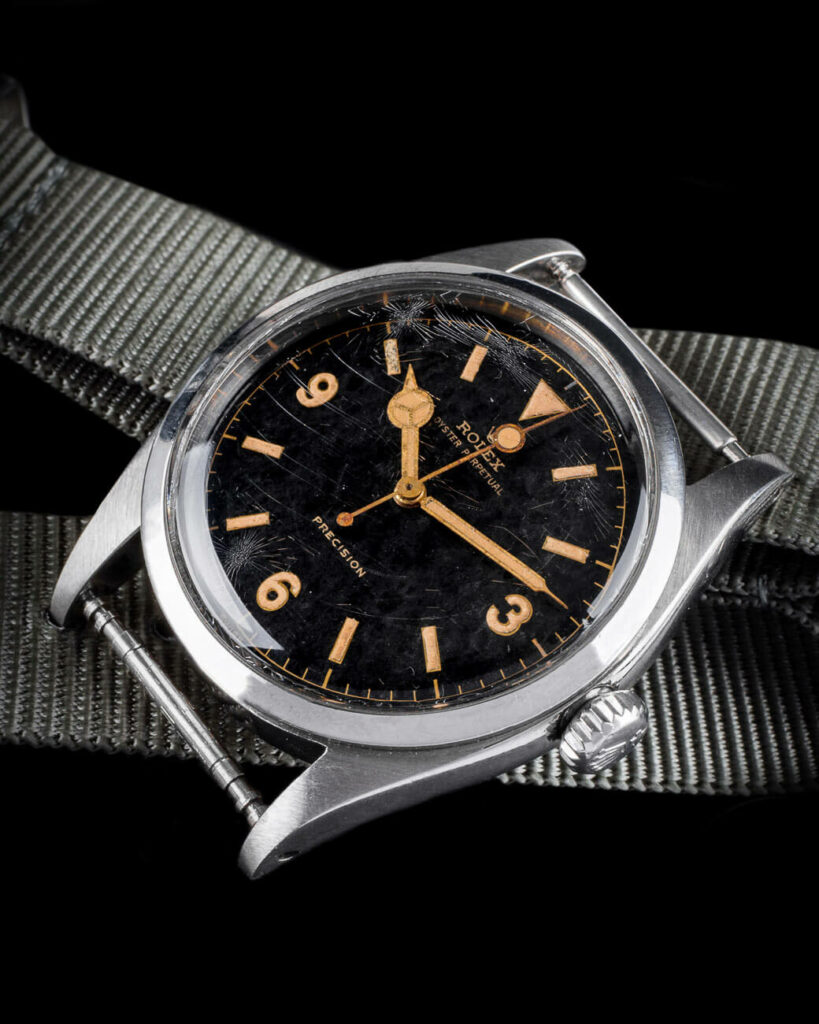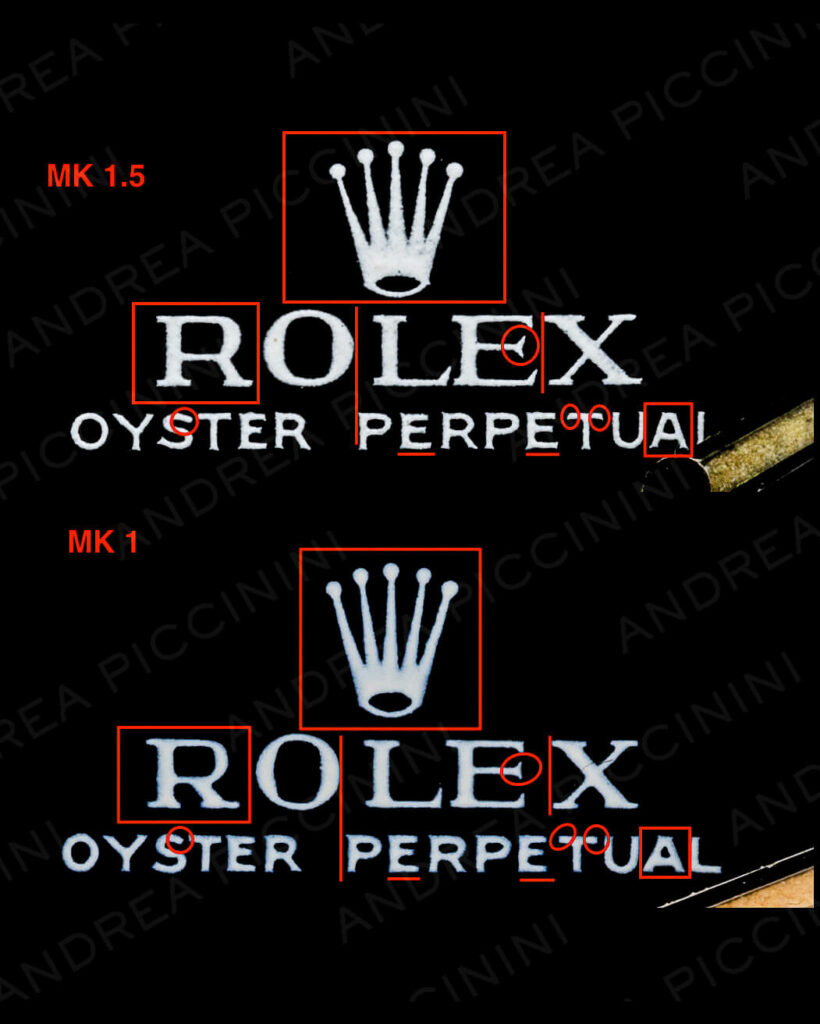The topic we’ll cover today on our blog is well-known to many, especially those who belong to the old school and have been collecting Daytona for several years.
Although this post will contain information that may already be familiar to the more experienced collectors, we are confident that those who are just now approaching the world of Rolex collecting will find the information useful.
Recently, on various websites and social networks, some Rolex Daytona 6263/6265 examples are described as having a “Small Red” dial.
But what exactly means a “Small Red” dial ?
Let’s look at a concrete example:
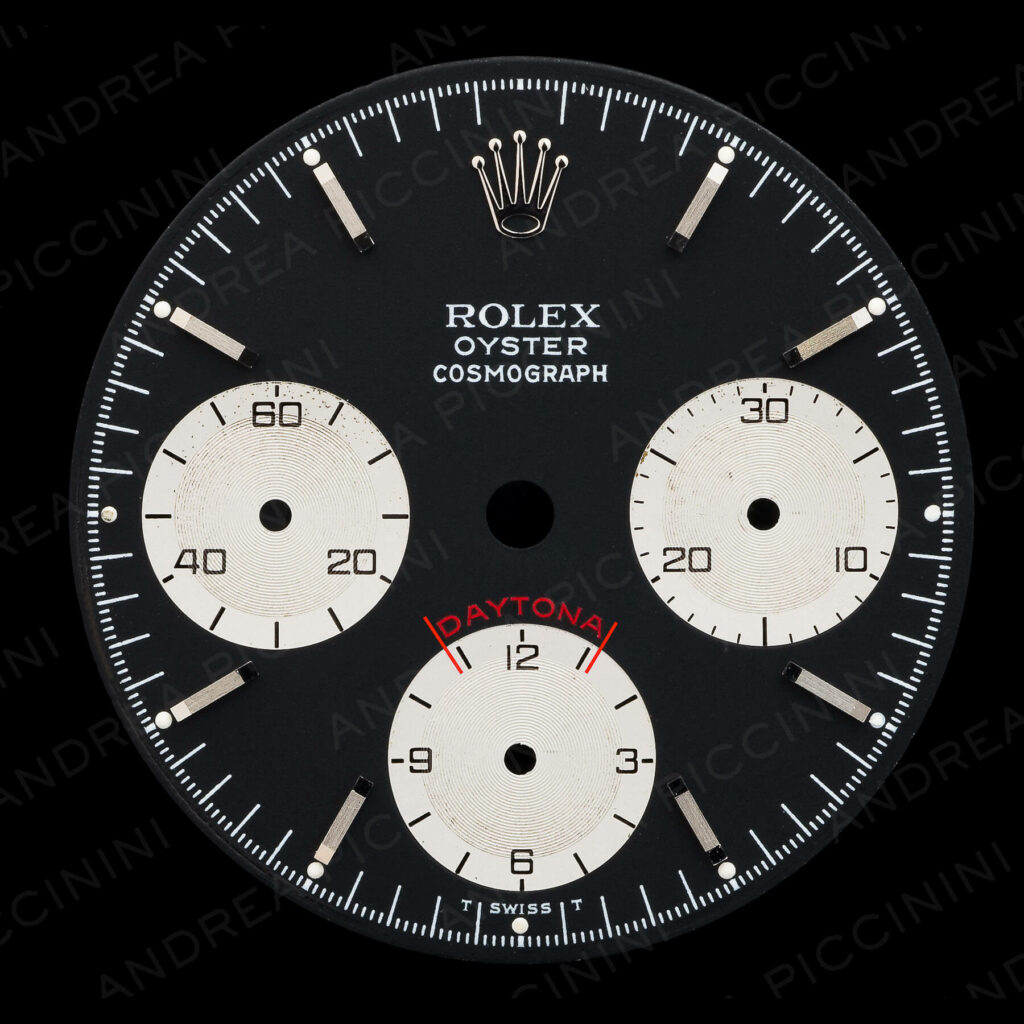
As we can easily deduce from this photo, the word “Daytona” is indeed narrower than the classic BIG RED dials of the Daytona 6263/6265, as it only slightly extends beyond the hour chronograph counter indices.
Hence the “new” designation “Small Red” dial.
The reality is that this nickname has only recently been coined; in the past, it was empirically verified through studies and original Rolex replacement part catalogs that the “Small Red” dial is actually a service dial.
By “service dial,” we mean an original Rolex replacement component which was never originally installed on watches during the production period.
In general, service components were produced by Rolex over the years to ensure ORIGINAL replacements for customers who needed to repair their watch or replace a damaged component.
Given this, it is fair to say that the term “Small Red” is nothing more than a simple nickname given to a service component for purely commercial purposes, aimed at making a 6263/6265 with a service dial more appealing.
Below, we see a 6263/6265 original dial, where we immediately notice how the “Daytona” writing is completely different and, above all, much larger compared to the so-called “Small Red” dial.
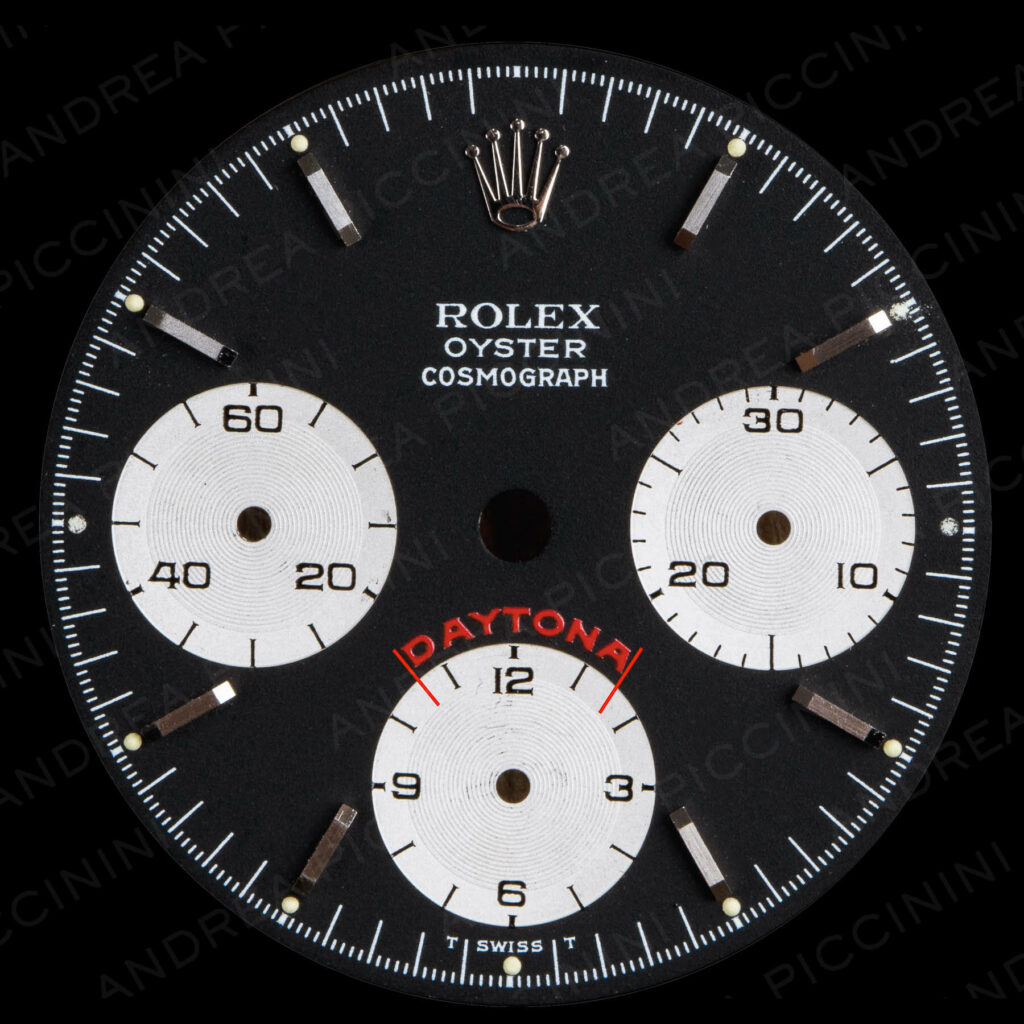
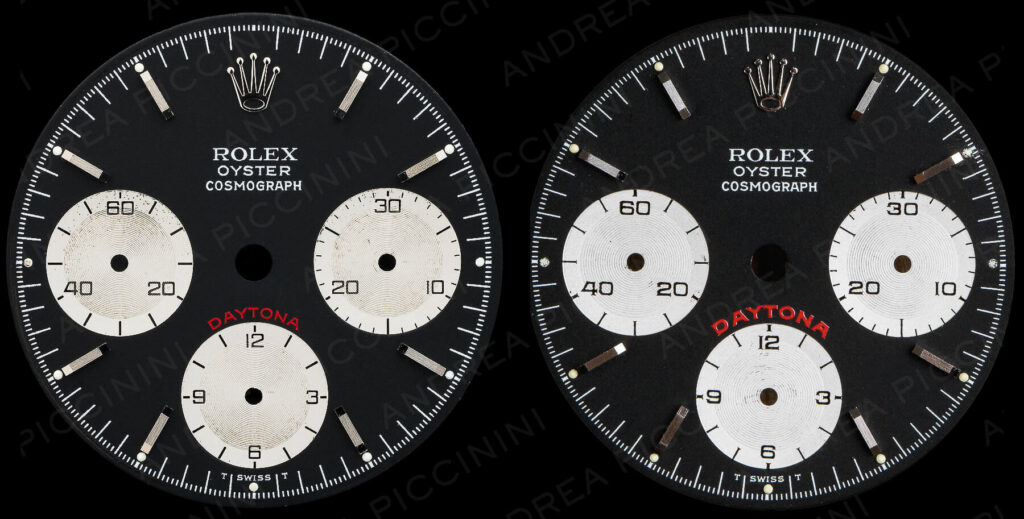
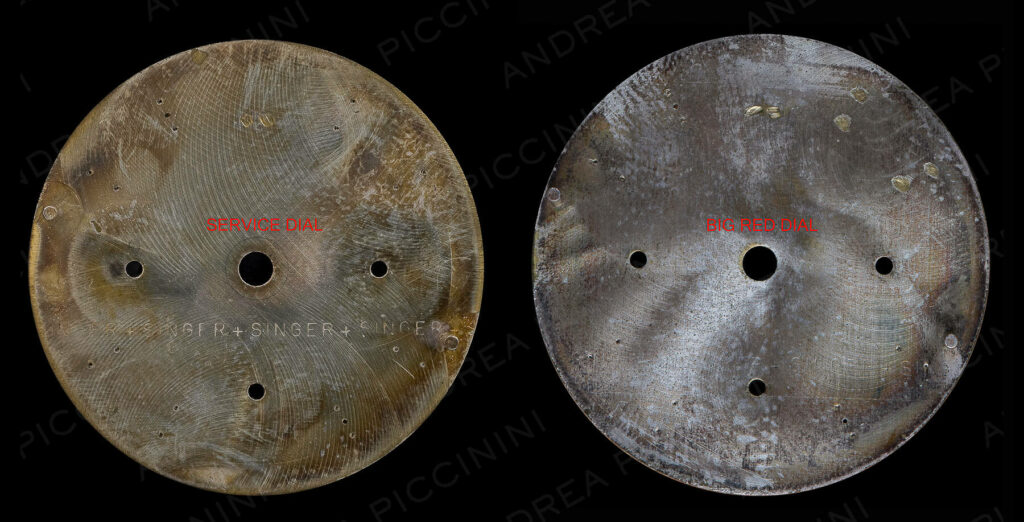
Beyond the size of the “Daytona” text, there are other details that the most experienced collectors use to distinguish a 6263/6265 service dial from an original production dial; we highlight some of the most evident ones.
From this close-up of the minute chronograph counter, we see that the graphics are generally much less refined, both in the numbers and in the minute markers; note, for example, the “2” of the 20.
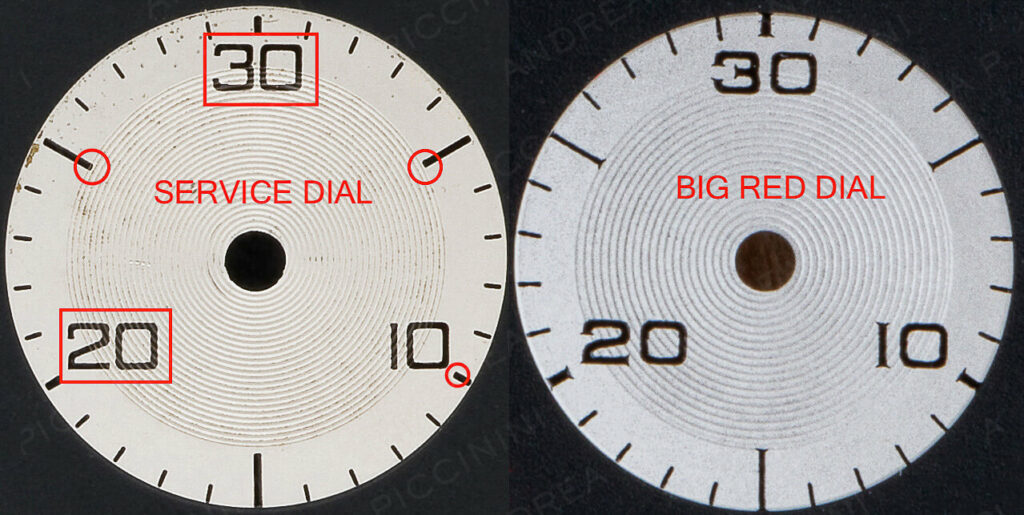
From this magnification of the lower part of the dial, we can see that, in addition to the differences in the serifs and the shape of the numbers, the Daytona inscription is completely different.
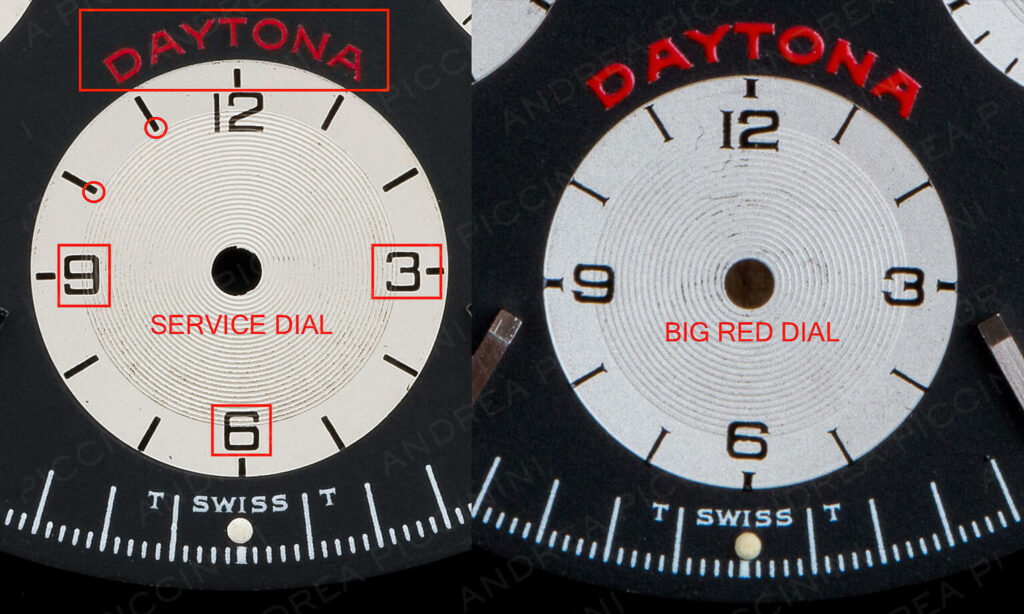
Finally, a collage that shows all the main differences between the two dials.
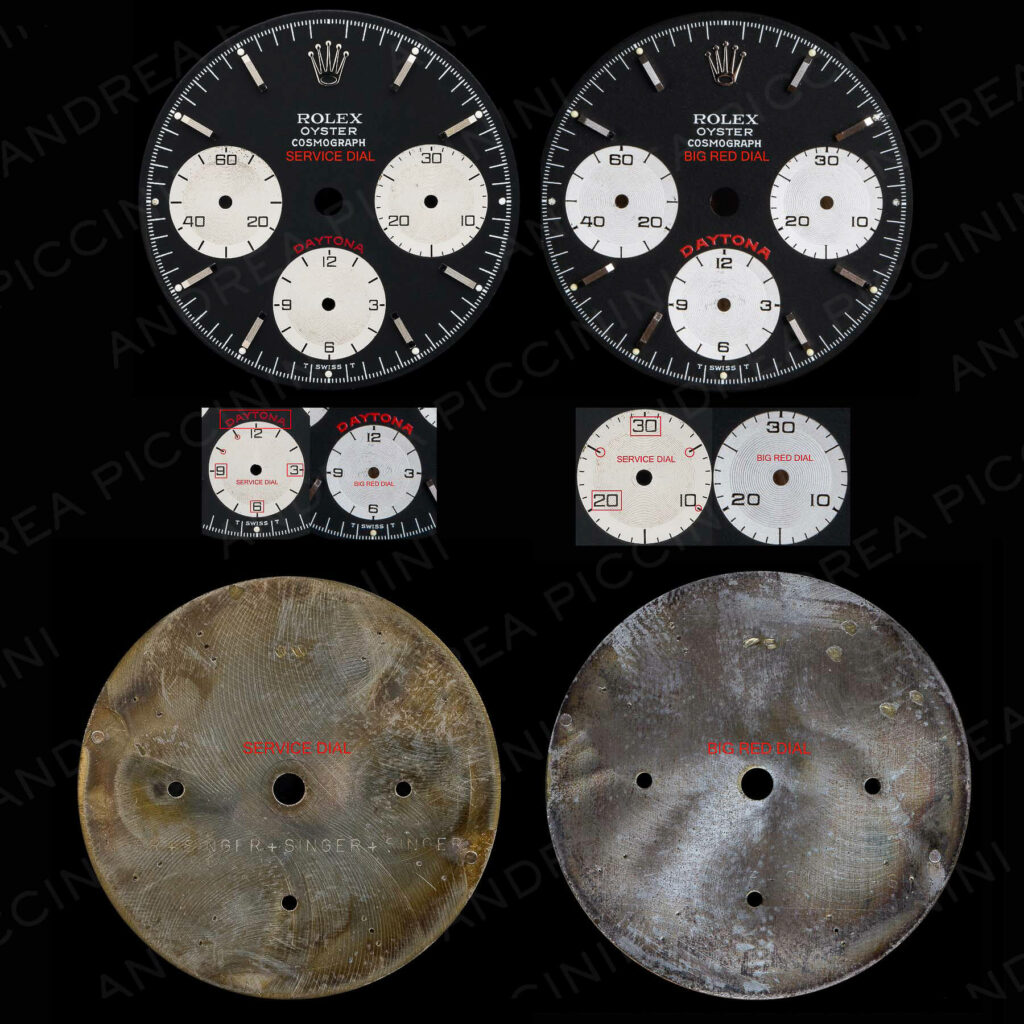
Below are some shots of a stunning Daytona reference 6265 with a “Big Red” dial, correct for the production period (Andrea Piccinini Archive).
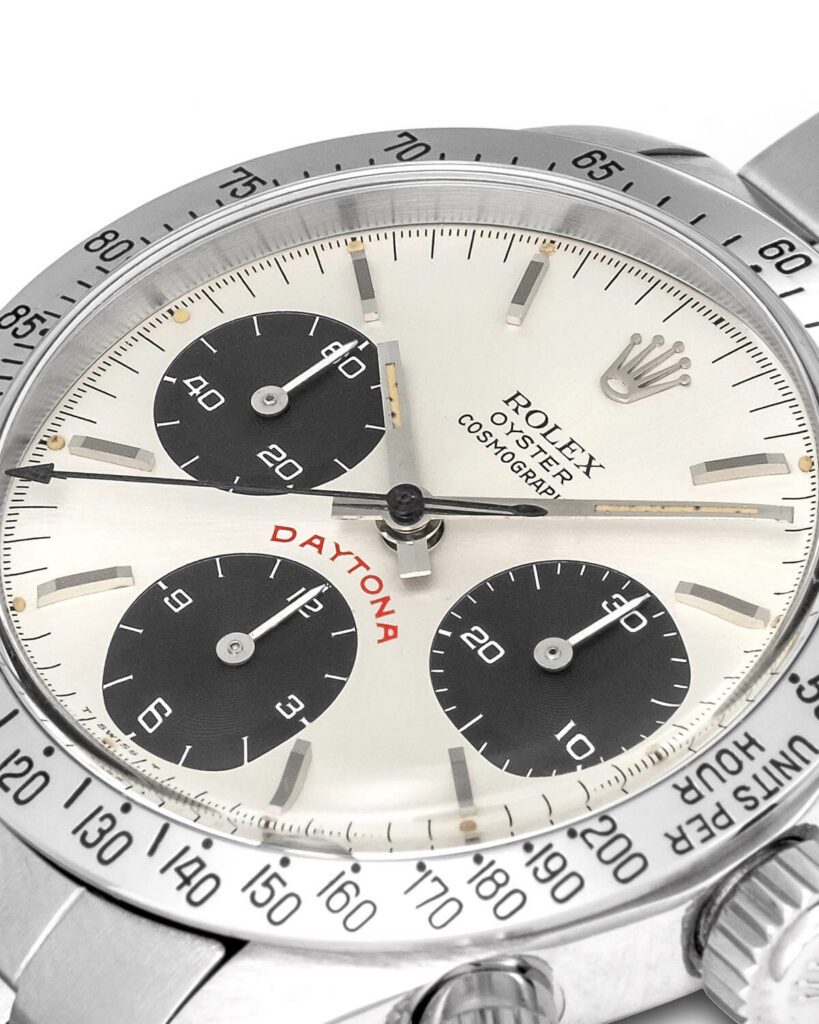
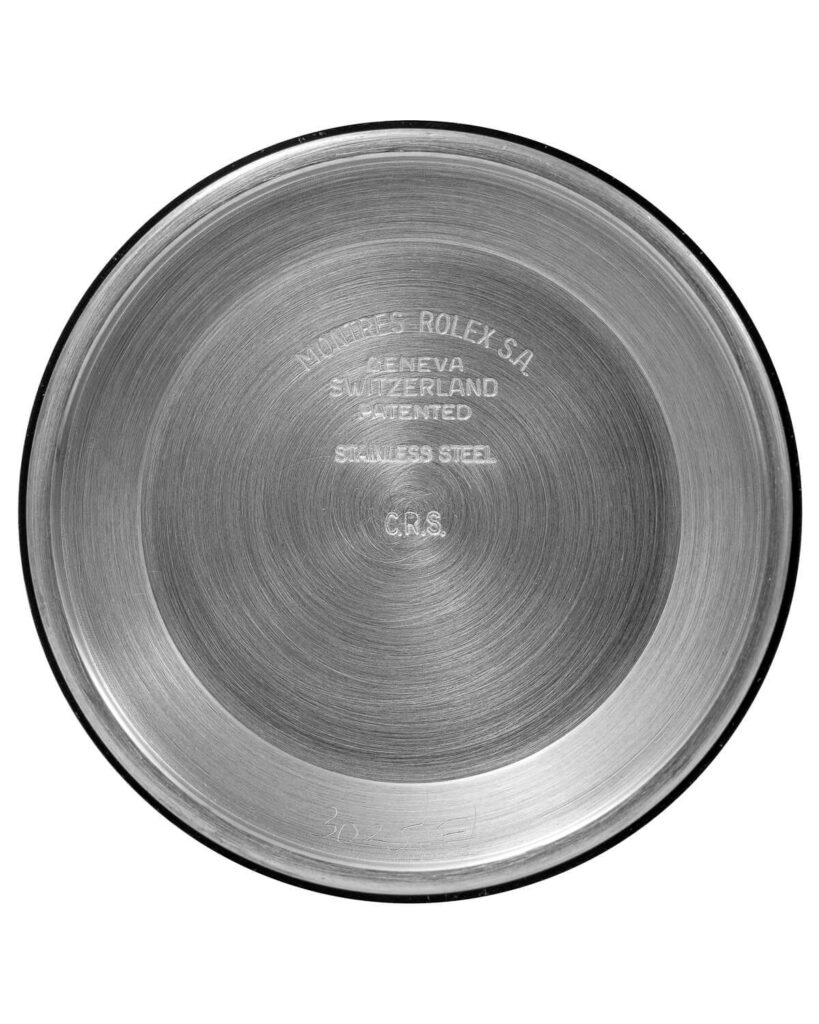
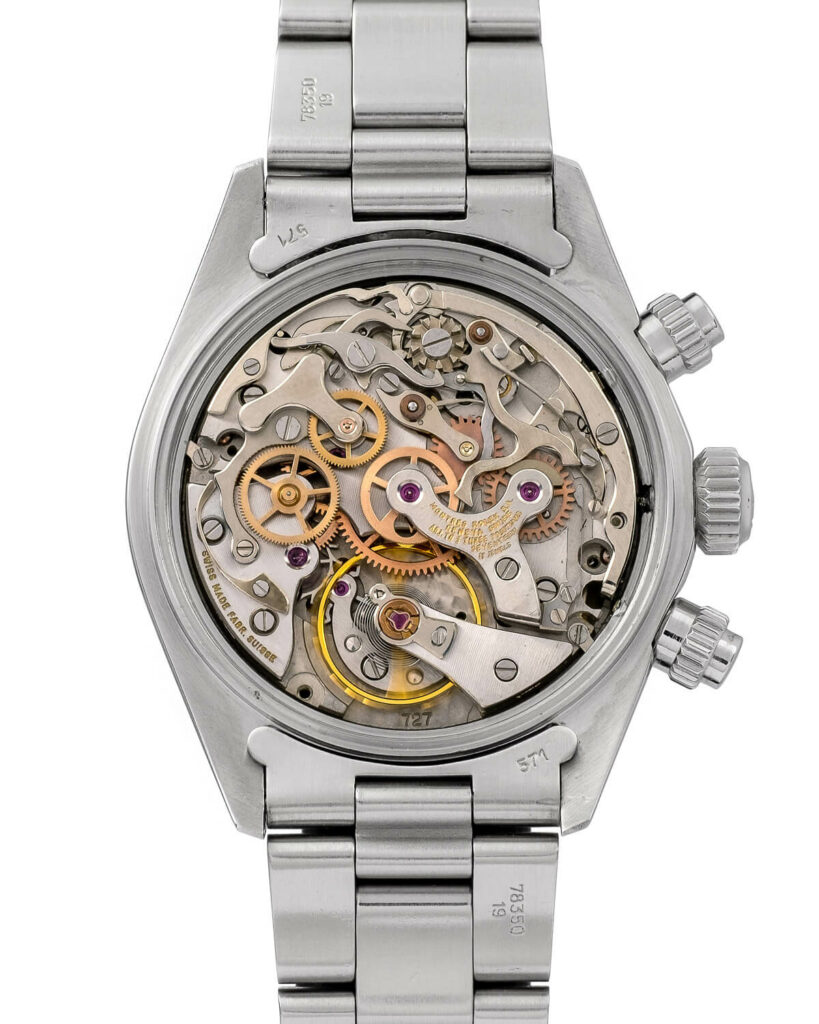
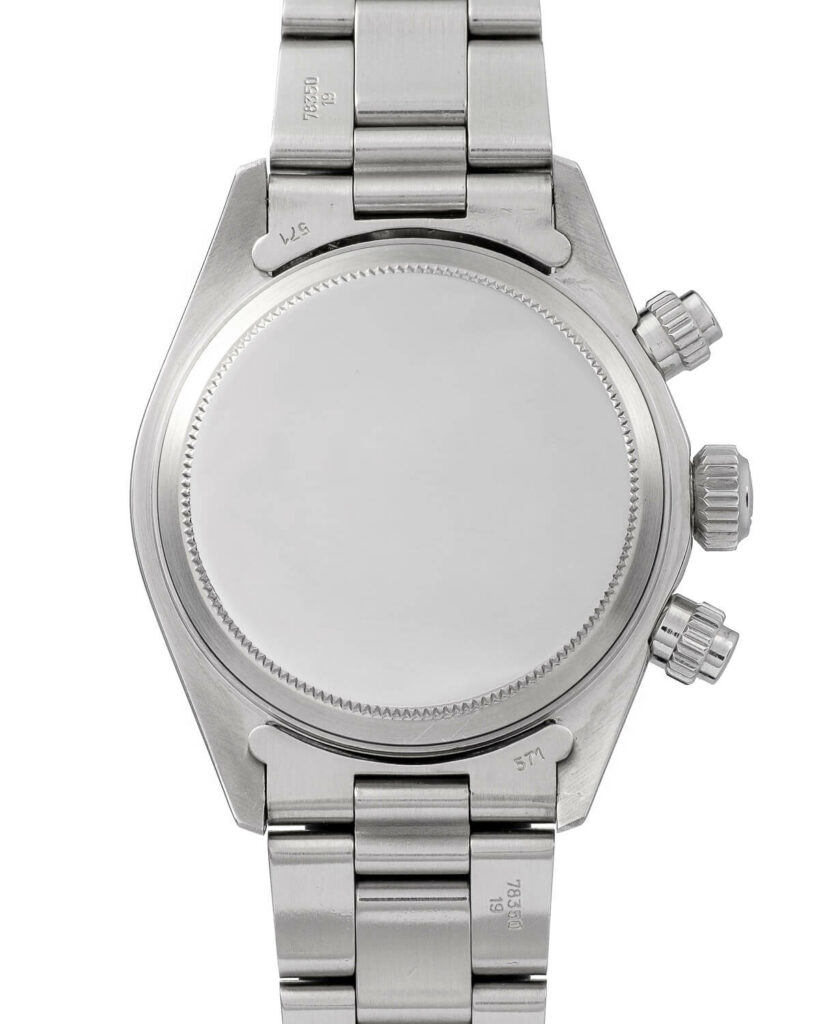
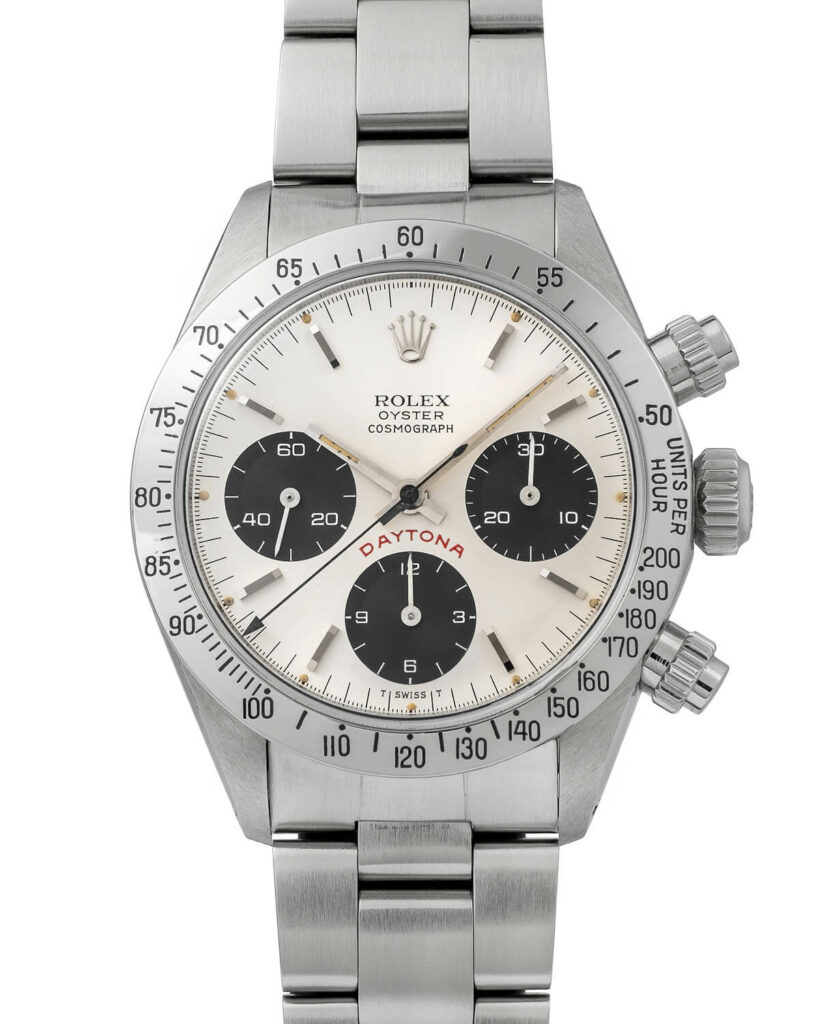
Up to this point, we have identified and highlighted the main differences between a service “Small Red” dial and an original “Big Red” dial. These differences, as a reminder, consist primarily of the size of the “Daytona” text, the font of the chronograph subdials, and the presence or absence of serifs in the graphics.
With these important elements clarified, we can delve even deeper into the subject. Specifically, from here, we will illustrate the only known exception to the fact that the “Small Red” is a service dial.
Indeed, there is a variant of the “Small Red” dial that is not a service dial but was definitely installed as original equipment in the very last production of 6263/6265 with R serial numbers.
Let’s take a detailed look at this dial.
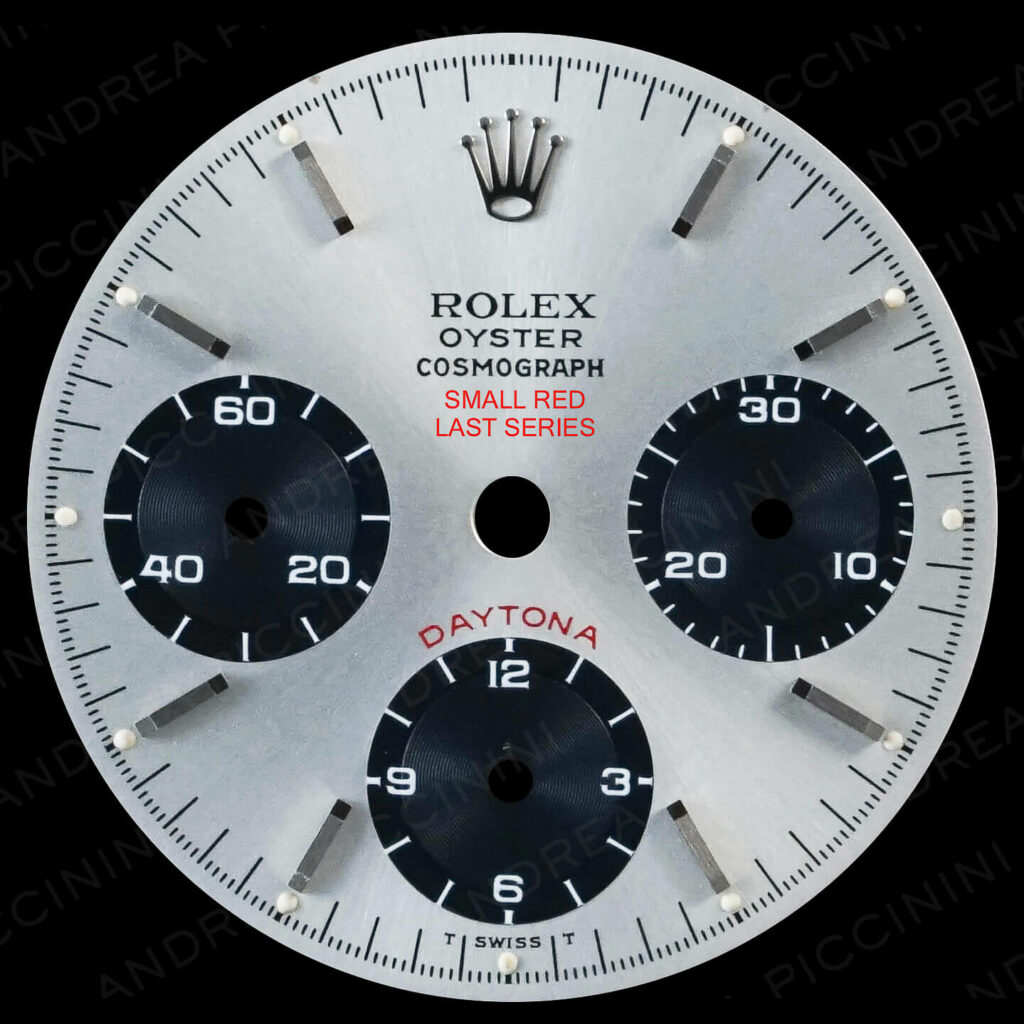
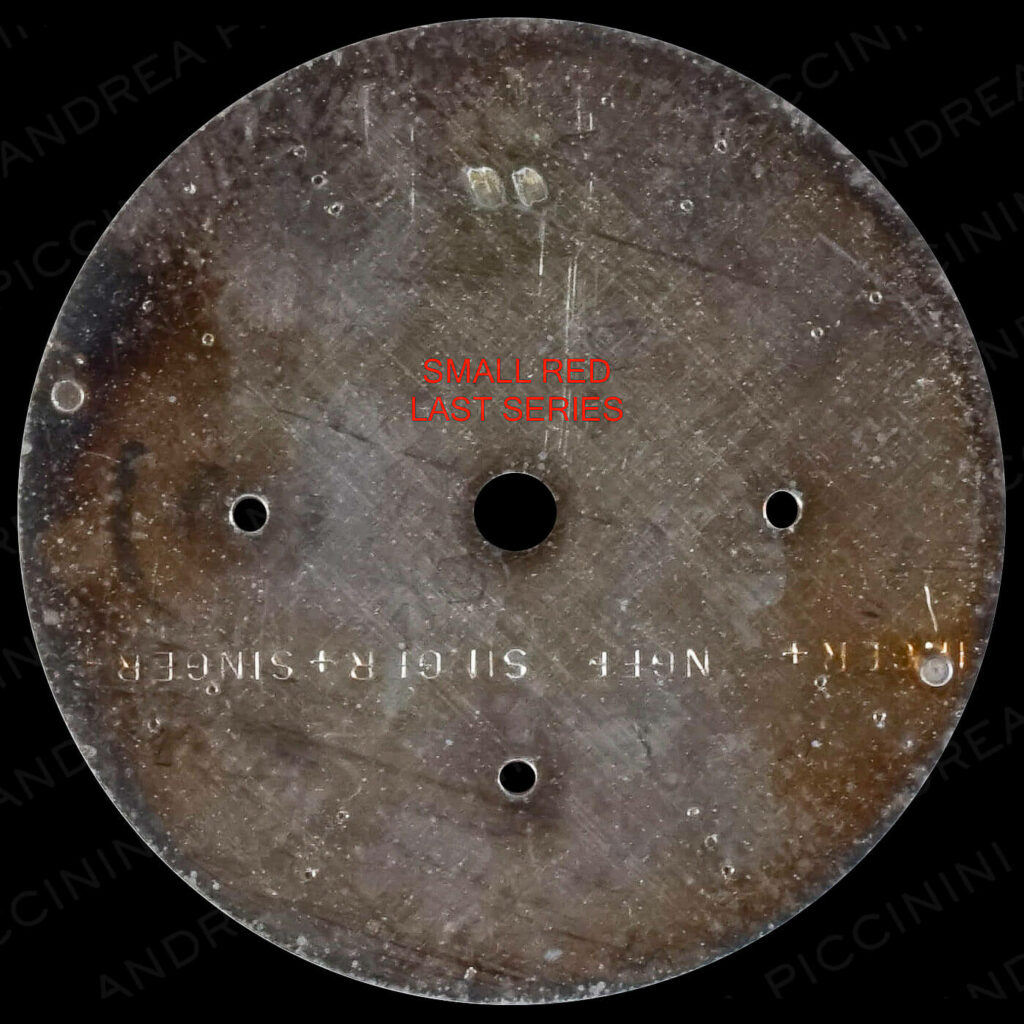
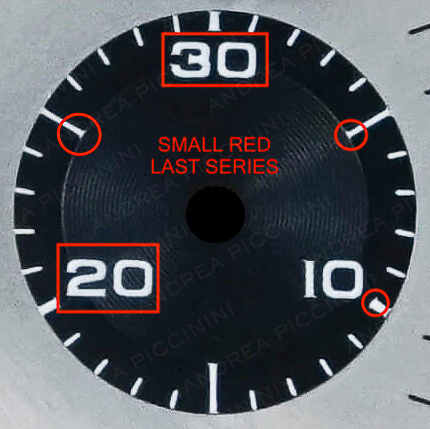
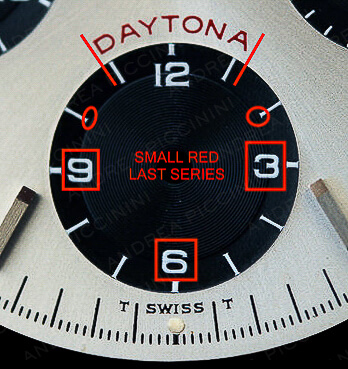
This variant has so far only been observed in the configuration with a Silver Soleil background; at the moment, we have not been able to identify a dial with the same characteristics in the black version. This is unusual but consistent with the commercial dynamics of the time.
Probably, the Silver version was the most requested, and in response to high demand, additional dial prints were made to be installed on the last Daytona 6263/6265 produced, characterized by a “Mixed Graphic” design. By “Mixed Graphic,” we mean a “Small Red” dial but with the serifs and fonts typical of “Big Red” dials.
These similarities can be observed in the following comparisons:

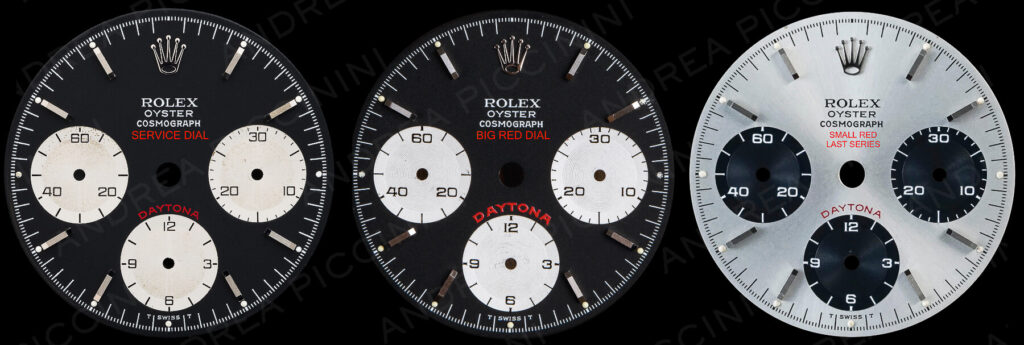

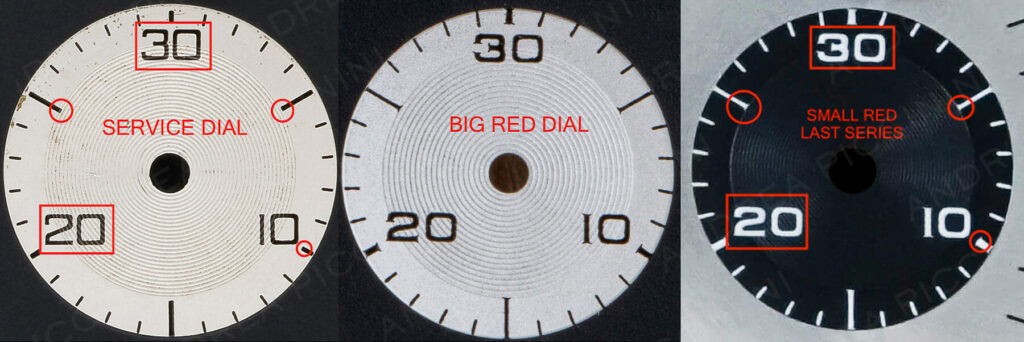
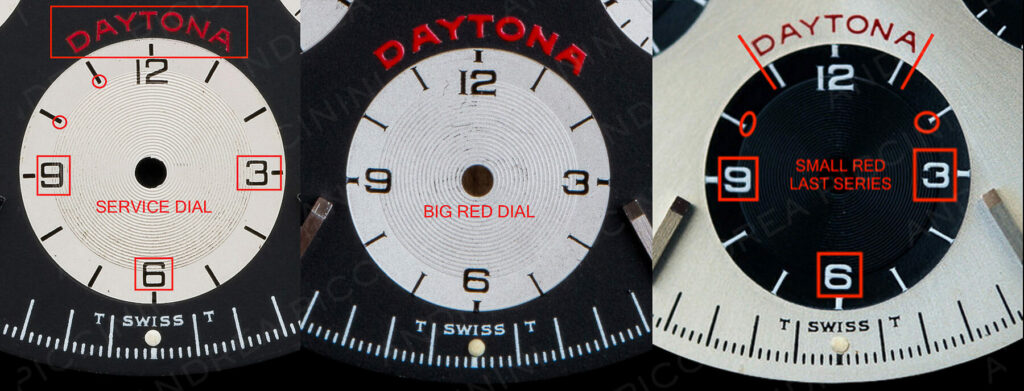
The Daytona reference 6263 and 6265 with this unusual dial have been noted in very few examples of confirmed provenance. This non-service “Small Red” dial we just analyzed is undoubtedly very interesting from the perspective of studying the evolution of the Daytona 6263 and 6265 dials.
We hope that this information will be helpful to those now approaching the wonderful world of Vintage Rolex.
See you next time!
This article was written and published by me on Roberto “Jatucka” Randazzo’s website in 2019. I thank Roberto for allowing me to add it to the blog on my website.

